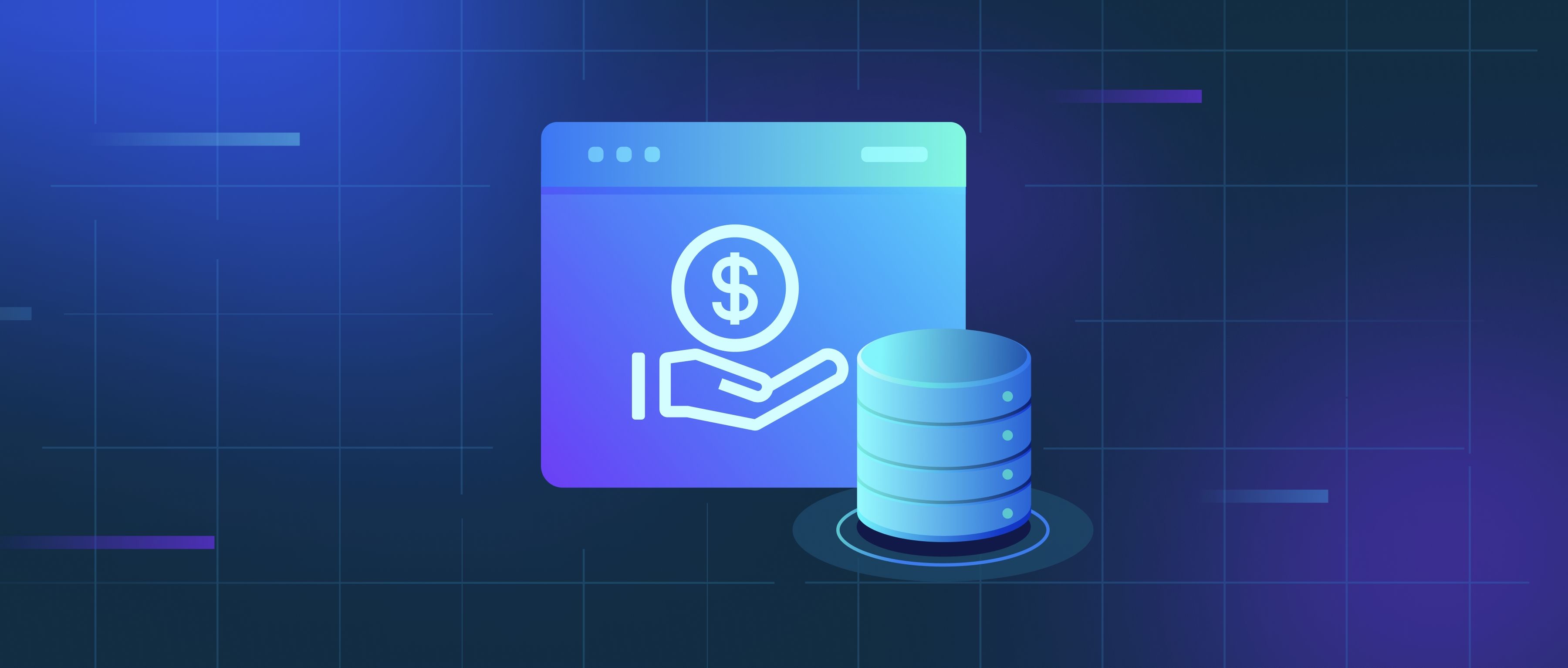Cloud-based TTS services and on-premises solutions differ primarily in deployment, infrastructure, and cost models. Cloud TTS operates over the internet, relying on remote servers managed by third-party providers like AWS Polly or Google Cloud Text-to-Speech. Users access these services via APIs, eliminating the need to maintain physical hardware or manage server upgrades. In contrast, on-premises solutions require organizations to host and manage their own servers, software, and networking infrastructure. This setup demands upfront investment in hardware, licenses, and IT staff for maintenance. Cost-wise, cloud services typically follow a pay-as-you-go model, where expenses scale with usage, while on-premises involves significant capital expenditure (CapEx) for setup and ongoing operational costs (OpEx) for updates and support.
Another key difference lies in scalability and maintenance. Cloud TTS automatically scales to handle fluctuating demand, such as spikes in API requests, without requiring manual intervention. Providers handle software updates, security patches, and performance optimizations, ensuring users always have access to the latest features. On-premises solutions, however, require manual scaling—organizations must provision additional servers or upgrade existing ones to meet higher demand. Maintenance tasks like applying updates or fixing compatibility issues fall on the internal IT team, which can lead to delays or downtime if not managed properly. For example, a company using an on-prem TTS system might need to pause services during upgrades, whereas cloud users experience seamless, behind-the-scenes updates.
Performance and control also vary. On-premises solutions can offer lower latency for localized applications since processing happens on-site, avoiding internet-related delays. This is critical for industries like healthcare or finance where real-time processing is essential. Additionally, on-premises setups provide full data control, appealing to organizations with strict compliance requirements (e.g., GDPR or HIPAA). Cloud services, while improving in latency through edge computing, still depend on internet reliability. However, they often include advanced features like multilingual support or AI-driven voice customization out-of-the-box, which may require costly development efforts to replicate on-premises. Choosing between them depends on balancing cost, scalability needs, and data governance priorities.
